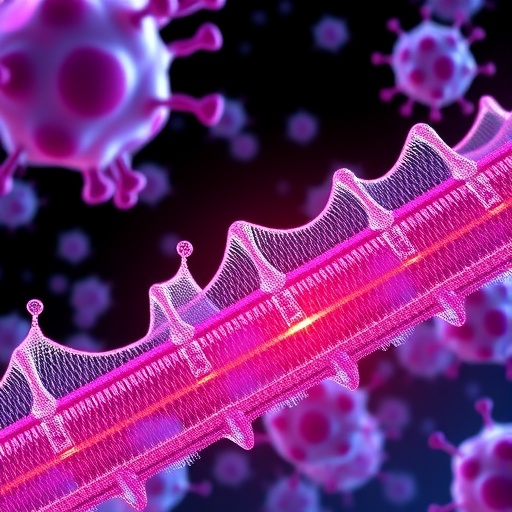
Credit: NIEHS
Scientists at the National Institutes of Health found that women who use permanent hair dye and chemical hair straighteners have a higher risk of developing breast cancer than women who don’t use these products. The study published online Dec. 4 in the International Journal of Cancer and suggests that breast cancer risk increased with more frequent use of these chemical hair products.
Using data from 46,709 women in the Sister Study, researchers at the National Institute of Environmental Health Sciences (NIEHS), part of NIH, found that women who regularly used permanent hair dye in the year prior to enrolling in the study were 9% more likely than women who didn’t use hair dye to develop breast cancer. Among African American women, using permanent dyes every five to eight weeks or more was associated with a 60% increased risk of breast cancer as compared with an 8% increased risk for white women. The research team found little to no increase in breast cancer risk for semi-permanent or temporary dye use.
“Researchers have been studying the possible link between hair dye and cancer for a long time, but results have been inconsistent,” said corresponding author Alexandra White, Ph.D., head of the NIEHS Environment and Cancer Epidemiology Group. “In our study, we see a higher breast cancer risk associated with hair dye use, and the effect is stronger in African American women, particularly those who are frequent users.”
An intriguing finding was the association between the use of chemical hair straighteners and breast cancer. Dr. White and colleagues found that women who used hair straighteners at least every five to eight weeks were about 30% more likely to develop breast cancer. While the association between straightener use and breast cancer was similar in African American and white women, straightener use was much more common among African American women.
Co-author Dale Sandler, Ph.D., chief of the NIEHS Epidemiology Branch, cautioned that although there is some prior evidence to support the association with chemical straighteners, these results need to be replicated in other studies.
When asked if women should stop dyeing or straightening their hair, Sandler said, “We are exposed to many things that could potentially contribute to breast cancer, and it is unlikely that any single factor explains a woman’s risk. While it is too early to make a firm recommendation, avoiding these chemicals might be one more thing women can do to reduce their risk of breast cancer.”
###
About the National Institute of Environmental Health Sciences (NIEHS): NIEHS supports research to understand the effects of the environment on human health and is part of the National Institutes of Health. For more information on NIEHS or environmental health topics, visit http://www.
About the National Institutes of Health (NIH): NIH, the nation’s medical research agency, includes 27 Institutes and Centers and is a component of the U.S. Department of Health and Human Services. NIH is the primary federal agency conducting and supporting basic, clinical, and translational medical research, and is investigating the causes, treatments, and cures for both common and rare diseases. For more information about NIH and its programs, visit http://www.
Grant Number:
Z01ES044005
Reference: Eberle CE, Sandler DP, Taylor KW, White AJ. 2019. Hair dye and chemical straightener use and breast cancer risk in a large U.S. population of black and white women. Int J Cancer; doi: 10.1002/ijc.32738 [Online 4 December 2019].
Media Contact
Robin Arnette
[email protected]
919-541-5143
Related Journal Article
http://dx.





